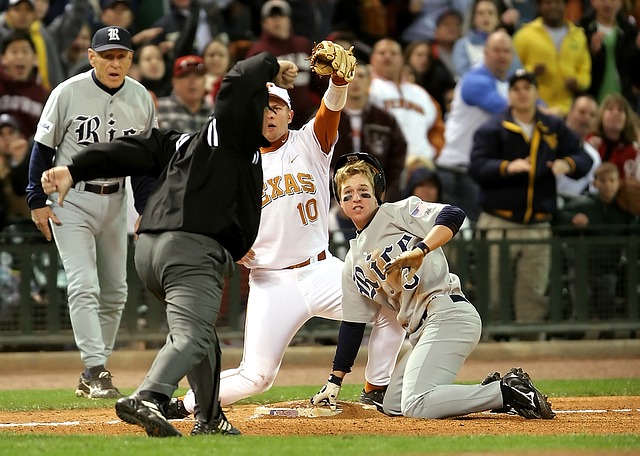
The relationship between coach and player is an important one. The coach is there to teach and to guide the players to success. The players are there to learn, listen, to grow into their skills, and refine them into a successful tool.
When communication between the two parties is disjointed, the coach’s message can get lost, and the player can feel as though they are on an island all to themselves. This can curb the learning process and stunt the growth that the player experiences.
Through technology, the way that players and coaches are able to communicate has changed exponentially over the years.
How Technology Has Changed the Coach and Player Communication Role
One of the most challenging aspects of coaching can be to convey just what it is that the coach is seeing. How it is perceived in their heads may come out verbally in a much different manner. This can lead to ineffective communication, which can lead to frustration by both parties.
Advanced data and statistics have helped to eliminate some of those communication issues. This data can help to visualize what it is the coach is seeing and allow him or her to explain it to the players with strong visual numbers.
For instance, perhaps a player plays faster during games than during practice. Before that was something that a coach could perceive, but with data and statistics, the coach can actually calculate that number and use it as an example.
Video Is Changing the Game
Another way that coaches can communicate differently is through the use of video. Perhaps the coach notices something in the technique that could use improvement. With video, that coach can accurately display to the player where the issues in his or her technique might arise.
This is a great study aid for players as well. Coaches can devise a game plan around a specific opposing player and give it to their players to allow them to visualize and see the strengths and negatives of that player. This allows for a whole new level of preparation.